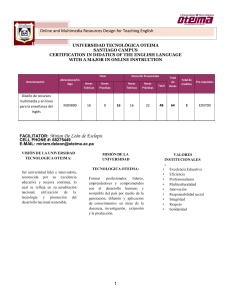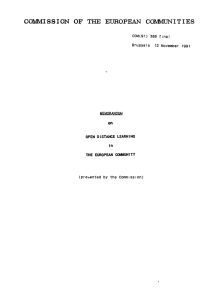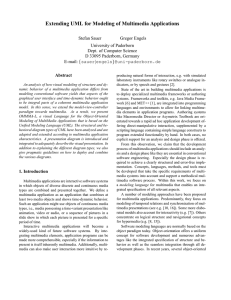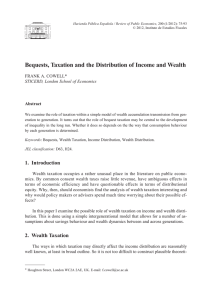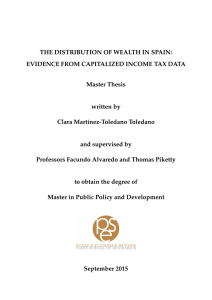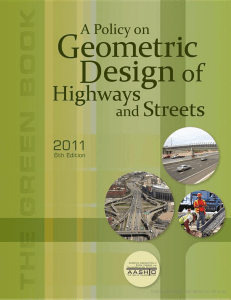Promise and Peril in the Age of Networked Intelligence
Anuncio
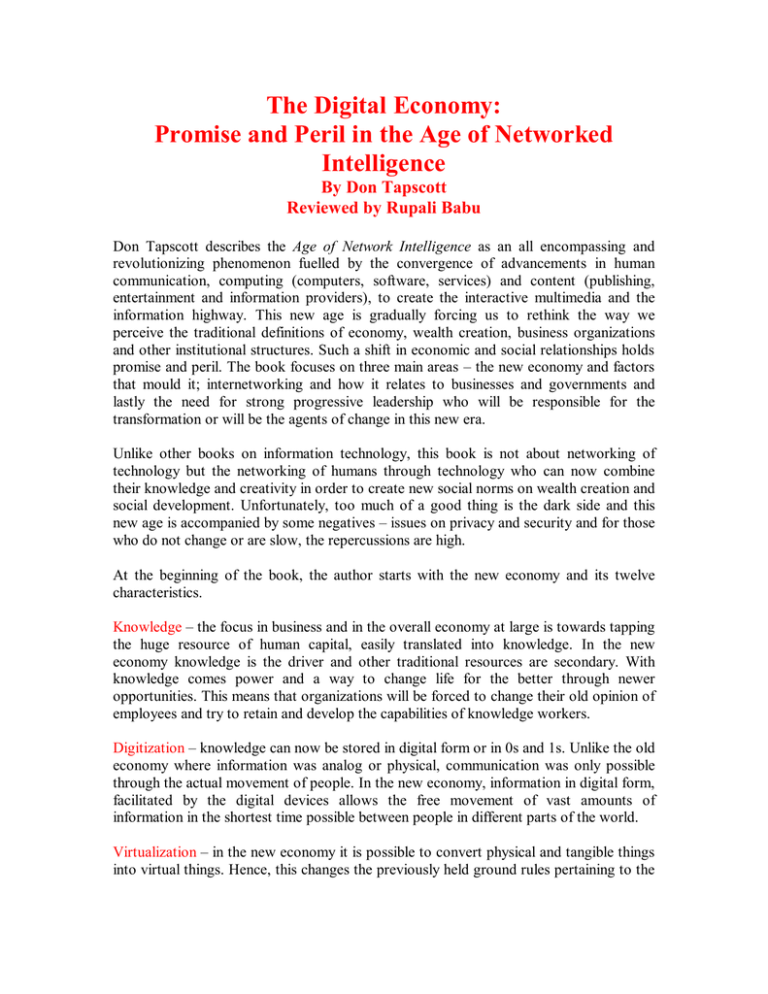
The Digital Economy: Promise and Peril in the Age of Networked Intelligence By Don Tapscott Reviewed by Rupali Babu Don Tapscott describes the Age of Network Intelligence as an all encompassing and revolutionizing phenomenon fuelled by the convergence of advancements in human communication, computing (computers, software, services) and content (publishing, entertainment and information providers), to create the interactive multimedia and the information highway. This new age is gradually forcing us to rethink the way we perceive the traditional definitions of economy, wealth creation, business organizations and other institutional structures. Such a shift in economic and social relationships holds promise and peril. The book focuses on three main areas – the new economy and factors that mould it; internetworking and how it relates to businesses and governments and lastly the need for strong progressive leadership who will be responsible for the transformation or will be the agents of change in this new era. Unlike other books on information technology, this book is not about networking of technology but the networking of humans through technology who can now combine their knowledge and creativity in order to create new social norms on wealth creation and social development. Unfortunately, too much of a good thing is the dark side and this new age is accompanied by some negatives – issues on privacy and security and for those who do not change or are slow, the repercussions are high. At the beginning of the book, the author starts with the new economy and its twelve characteristics. Knowledge – the focus in business and in the overall economy at large is towards tapping the huge resource of human capital, easily translated into knowledge. In the new economy knowledge is the driver and other traditional resources are secondary. With knowledge comes power and a way to change life for the better through newer opportunities. This means that organizations will be forced to change their old opinion of employees and try to retain and develop the capabilities of knowledge workers. Digitization – knowledge can now be stored in digital form or in 0s and 1s. Unlike the old economy where information was analog or physical, communication was only possible through the actual movement of people. In the new economy, information in digital form, facilitated by the digital devices allows the free movement of vast amounts of information in the shortest time possible between people in different parts of the world. Virtualization – in the new economy it is possible to convert physical and tangible things into virtual things. Hence, this changes the previously held ground rules pertaining to the types of institutions possible, the social relationships as well as nature of the economic activity. Molecularization – traditional organizational structures are giving way to a more fluid and flexible work environment. Project teams are more the norm with people from all parts of the world coming together. In the new economy it is the ‘light organization’ that will survive while the ‘heavy organizations’ will eventually die out as it is harder for them to change and adapt to the static conditions in the new economy. Integration/Internetworking – at a microscopic level, the individual organization will have all the benefits of small companies due to new technology networks but will not be burdened by unnecessary costs stemming from hierarchy and inability to change. At the macro level, the entire economy will function in the same manner where all the players – suppliers, customers, competitors, and so on will have to interact and integrate in order to survive. This will be the basis for wealth creation and distribution. Disintermediation – the end of the middleman is nearing. There are businesses that are already connected with their customers as technology facilitates the exchange of information between suppliers and customers, newer ways to add value are being found. If the middleman is to survive, then they need to move up on the ‘food chain’ to create value or face extinction. Convergence – as mentioned earlier, the dominant economic sector is being created by the convergence of computing, communications and content. These together create the interactive multimedia which is one of the platforms on which the new age is dependant upon. Innovation – the new economy is based on innovation using information technology to develop new products and services. In the innovation economy, human imagination and creativity are the main sources of value. In a digital economy, the challenge lies in creating an environment which encourages and rewards innovation. Prosumption – in the industrial age, the key aspect was mass production. In the new age of networked intelligence, the key aspect is mass customization. Thus the distinctions between producers and customers begin to overlap. Every consumer on the information highway is now a produce by creating and sending a message to order or specify their opinions, additions, adjustments and specifications about the product or service they are purchasing. Immediacy - customers are more informed and want exceptional service. The time lapse between the ordering of a product and its creation and delivery is shrinking dramatically, due to the result of digital information technology. Globalization – Peter Drucker says, “Knowledge knows no boundaries”. Thus are no internal or domestic knowledge and international knowledge. In the digital economy, with knowledge becoming a key resource, there exists only one world economy even if organizations still exist within local areas. Globalization is driven by and is driving the new technology that enables global action. This means the organizations are no multinational enterprises but global organizations. Discordance – with any new phenomenon comes change and with that comes resistance and a slow adaptation to it. As a result huge conflicts arise. In the new age, the gap between the technologically literate 'haves' and the 'have-nots' who do not have access to technology, is growing and may cause significant problems to society in future The new developments in the economy are making possible the creation of new types of organizations where the application of information technology to knowledge work will increase organizational productivity and effectiveness. However, the more far reaching consequences will be changing organizational goals and objectives. To do so there are some steps to be undertaken and it happens in five levels all accompanied by a specific technology and a fundamental change in the nature of work. - - - - - the effective individual: where an individual can enhance his or her own effectiveness and learning efficiency by using interactive multimedia technologies on their own computer; the high performance team: where a team of individuals within an organization can work effectively together using these tools to change the existing design of jobs and the accompanying specifications and restructuring the business process; the integrated enterprise: when the staff or employees within an organization are brought together especially in teams to work on projects using the interactive multimedia technologies, it results in an overall organizational change; the extended enterprise: is a company that has strong and direct links with its customers and suppliers thereby creating a value chain. In this way products and/or services can be customized and delivered in the shortest possible time. This results in changing existing external relationships and redefining new boundaries and expectations; the internetworked business: where a company links with other companies suppliers and organizations on an extremely flexible basis often via a 'virtual' connection only, to create specific value-added products for a customer - the internetworked team may exist for that one product or service only, then return to other teams, as the need and market dictate. Once again the rise of interactive multimedia or the ‘net’is the enabling mechanism for this kind of development. This has a widespread in causing wealth creation and social development on a global scale. This entire transition of evolving from an individual to a highly internetworked organization has to be accompanied by ten ‘technological shifts’. Tapscott feels that these shifts from existing ways to newer ways will make things much more efficient and responsive to the ever changing growing needs of the new age. These are:a) from analog to digital – creating and using digital technologies in a digital economy. b) from traditional semiconductor to microprocessor technology – high performance processing for high performance organizations c) from host to client/server computing – client/server computing for the dynamic client/customer service organization. The network becomes the computer and the enterprise becomes the network. d) from garden path bandwith to information highway – broadband communications for the networked economy – broadband communications for the networked economy. e) from dumb access device to information appliance – smart on and off ramps for the information highway. f) from separate data, text, voice and image to multimedia – interactive multimedia for complete human communications. g) from proprietary to open systems – open systems for an open world h) from dumb to intelligent networks – hypermedia and data retrieval will be done by specialized software programs. i) from craft to object computing – rapidly deployable software for the rapidly changing world. j) from GUIs, to MUIs, MOLEs, MUDs, MOOs and Virtual Reality – new collaborative environments for a new economy. Based on the ‘technological shifts’, Tapscott identifies key areas in the economy and the society on which these advances have and will have a major impact upon – - healthcare - retailing and distribution - design and manufacturing - public relations - government - leisure, travel and tourism - learning and education - entertainment and media Tapscott talks about how far reaching the influence of the digital technology is on the various sectors but for now the changes are due to reducing costs, improving overall efficiency, adding value, squeezing out the middlemen, reducing time and the convergence of computing, communications and content. But in order to make all this possible and more, the most important factor has to be willing to change – the people. Without a strong leadership committed to positive change and the adoption of a digital based economy, the results will be warped. The remaining portion of the book identifies six themes regarding leadership which is based on a collective rather than on an individual. The themes are – - achieving internetworked leadership is your personal opportunity and responsibility - leadership in the new economy is leadership for learning - internetworked leadership is collective leadership - internetworked leadership can be digital - internetworked leadership is incomplete without the support of the CEO - personal use of the technology creates leaders Lastly, Tapscott details with the flip side in a digital economy. The digital economy is supposed to allow free accessibility of information and facilitate knowledge transfer across borders to different people. However, it is becoming obvious that there are two important issues being raised – privacy and security and the growing gap between computer literates – the haves and the have-nots. Tapscott has created a strong argument for the creation and establishment of a digital economy. However, he does not take into account that in order for the economy to succeed will be highly dependant on the way people perceive it and use it. There are issues of trust within organizations and between people, misunderstandings, linguistic barriers and the entire social gamut of cultural dissimilarities, different values and beliefs, as well as plain and simple economics to name a few which could possibly send the digital economy spiralling out of control in the wrong direction.. His concept of measuring wealth in terms of knowledge creation is brilliant but will definitely take time simple because a unanimous standardized guideline will have to be accepted by people. Notwithstanding the questions, the book gives a very precise nature of a digital economy and its benefits over a traditional demand and supply economy. Tapscott also makes use of relevant examples and uses an easy language which makes one’s understanding of the concept and nature of the topic easy.
